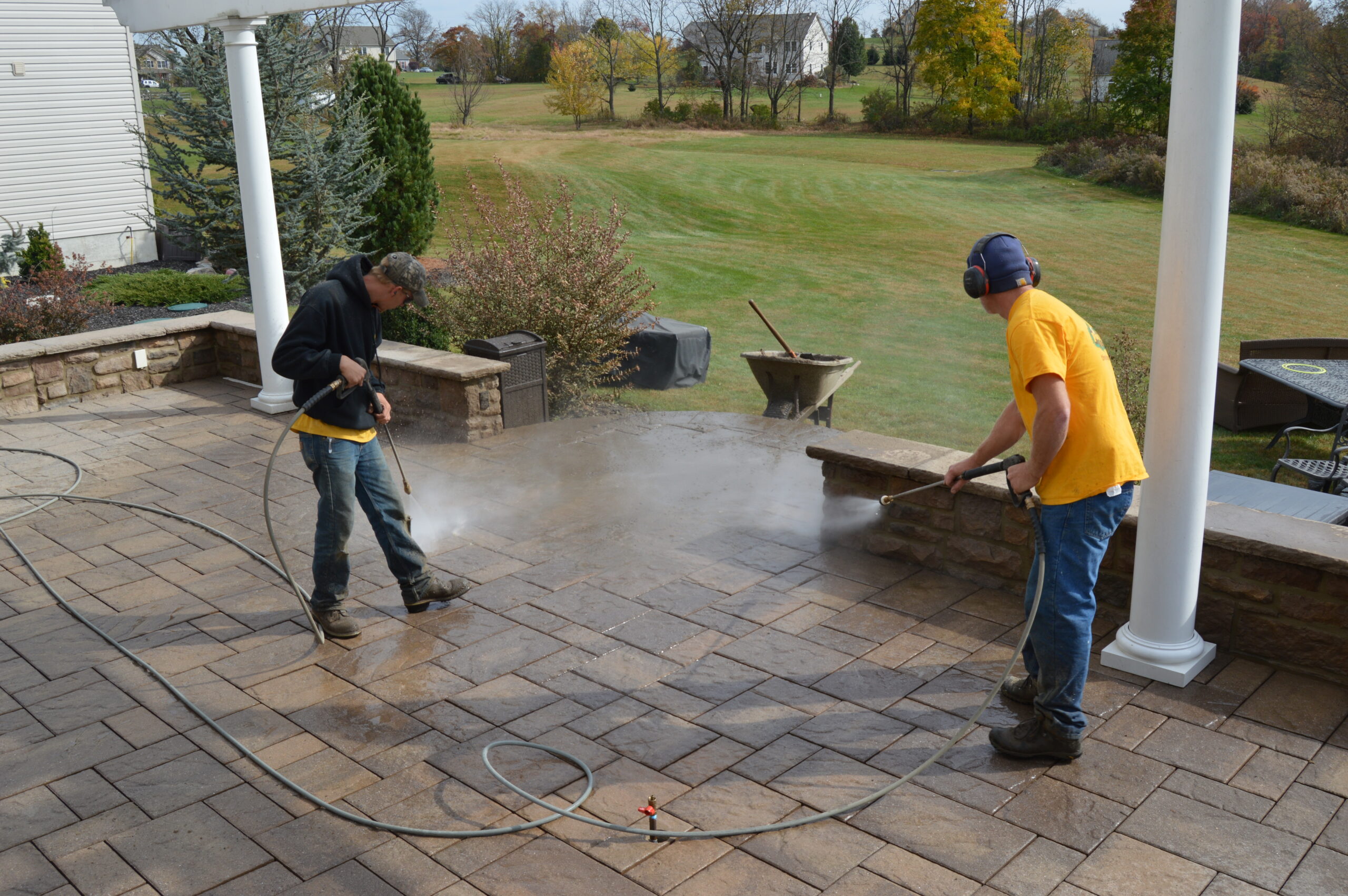
If you’re planning to clean the exterior of your home, you’ve probably heard two common terms thrown around: pressure washing and soft washing. While both methods aim to remove dirt, mold, and grime, they do so in very different ways.
So how do they compare? Which method is right for your specific project? 🏠
Let’s dive into the differences between pressure washing and soft washing—exploring how they work, where they shine, and when you should choose one over the other. 🧼
💧 The Basics: What Is Pressure Washing?
Pressure washing uses high-pressure water to blast away dirt, algae, mold, and other buildups. A typical pressure washer can produce water at 1,200–4,000 PSI (pounds per square inch), enough to strip paint or clean concrete.
It’s most effective when:
- You’re cleaning hard surfaces
- You don’t need chemicals
- You’re removing stubborn grime or buildup
🔧 Common tools: Pressure washer, various nozzles (0°, 15°, 25°, 40°), and sometimes detergents.
🌿 What Is Soft Washing?
Soft washing, on the other hand, uses low-pressure water (under 500 PSI) combined with specialized cleaning solutions to kill mold, mildew, algae, and bacteria at their root.
This method is more about treating the surface than blasting it.
🔧 Common tools: Low-pressure nozzles, chemical injectors, and biodegradable detergents.
Browse Amazon Here For Soft Washing Equipment And Accessories
🆚 Pressure Washing vs. Soft Washing: Side-by-Side
| Feature | Pressure Washing 💪 | Soft Washing 🌱 |
|---|---|---|
| Water Pressure | 1,200–4,000 PSI | Under 500 PSI |
| Cleaning Agents | Optional | Required (detergents) |
| Target Surfaces | Hard, durable surfaces | Fragile or porous ones |
| Best For | Concrete, decks, bricks | Roofs, siding, windows |
| Removes | Dirt, grime, loose paint | Mold, mildew, algae |
| Risk of Damage | Higher | Low |
| Longevity of Clean | Short-term | Long-lasting |
🏗️ When to Use Pressure Washing
✅ Best for:
- Driveways and sidewalks 🧱
- Brick or stone patios 🪵
- Fencing and concrete walls
- Pool decks and garage floors
💥 Pressure washing is perfect for blasting away dirt and built-up grime on hard, resilient surfaces.
⚠️ Be careful with:
- Older wood
- Stucco or vinyl siding
- Window trim
- Roof shingles
High pressure can easily damage these more delicate areas.
🧴 When to Use Soft Washing
✅ Best for:
- Roofs (especially asphalt shingles) 🏠
- Vinyl siding
- Stucco or painted wood
- Screens and window frames
- Outdoor furniture
🌱 Soft washing kills organic growth like algae and mildew without damaging surfaces. It’s a deeper clean, just delivered more gently.
🌟 Which Method Lasts Longer?
Soft washing typically offers a longer-lasting clean. Why? Because it doesn’t just wash away surface-level dirt—it kills mold and algae at the source, slowing their return.
Pressure washing may give you that instant WOW effect, but organic matter often comes back quicker if it’s not chemically treated.
🧪 For example:
- Pressure washing algae = 3–6 months of cleanliness
- Soft washing algae = 12+ months of protection
🌍 Environmental Differences
Both methods use water, but soft washing usually requires less water overall due to chemical efficiency.
However, pressure washing doesn’t require detergents—so if you’re cleaning something like a driveway or patio, it may be the greener option when used responsibly.
🌎 Soft washing should always use biodegradable, eco-friendly detergents to minimize environmental impact.
💰 Cost Comparison
Generally, soft washing tends to be slightly more expensive due to the use of specialty chemicals and equipment.
- Pressure washing: ~$0.10–$0.50 per sq. ft
- Soft washing: ~$0.30–$0.80 per sq. ft
🪙 But if it means fewer cleanings per year, soft washing may save money long-term.
🤔 Which One Should You Choose?
Here’s a simple rule of thumb:
- If it’s tough and flat, pressure wash it.
- If it’s delicate or vertical, soft wash it.
🧼 Use pressure washing for:
- Patios
- Concrete
- Driveways
- Bricks
🌿 Use soft washing for:
- Roofs
- Siding
- Painted surfaces
- Outdoor furniture
Still unsure? If you’re cleaning multiple surfaces, many professionals use both methods together, switching techniques as needed.
✅ Final Thoughts
Pressure washing and soft washing each have their strengths—and their ideal applications. One is forceful and fast; the other is gentle but thorough.
Choosing the right method for your job is the key to getting the results you want without damaging your home. If in doubt, consult a professional who can assess the surfaces and recommend the safest, most effective solution. 🏠💧🧼
Browse Amazon Here For Soft Washing Equipment And Accessories






